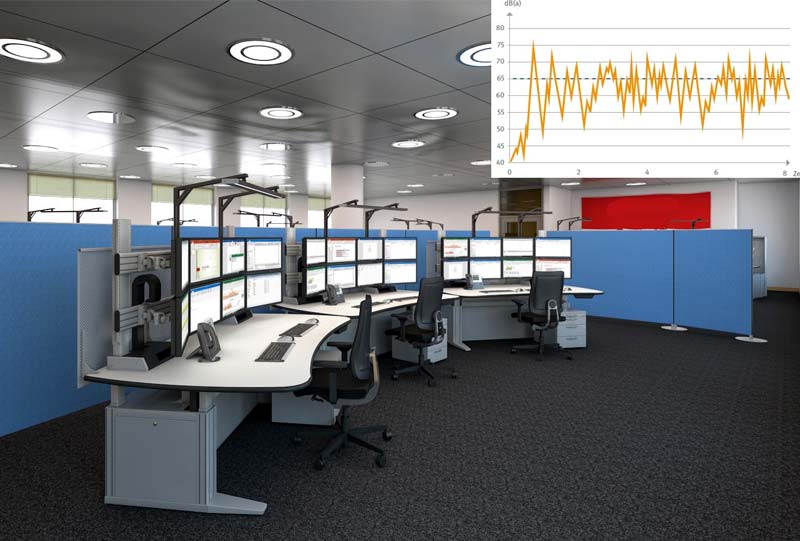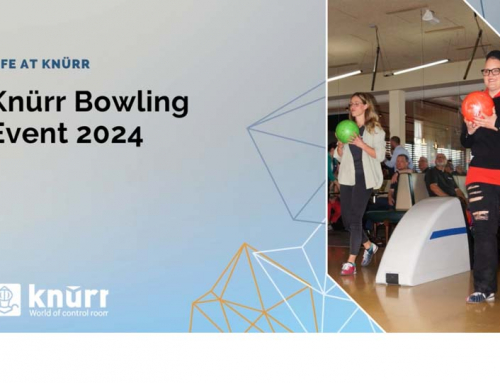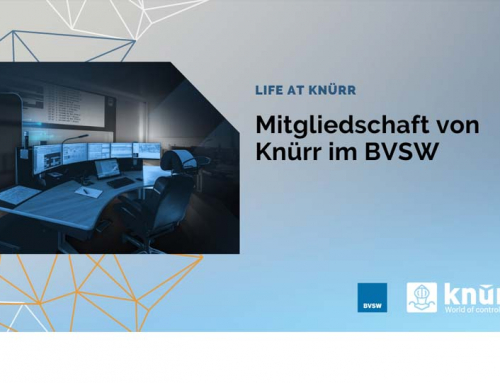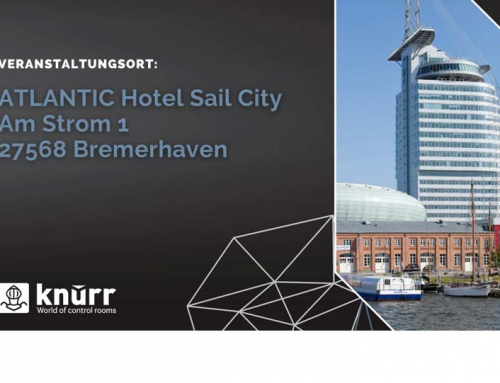Every work area is associated with a certain level of noise pollution, which impairs concentration, hinders communication and occasionally even makes people ill. We offer the appropriate sound optimization for this. However, this restrictive noise is difficult to define objectively, because every employee reacts subjectively to it. The degree of annoyance is also related to other factors such as the duration and frequency of the noise in addition to the volume. This noise therefore influences the perception of a useful signal, for example the human voice or a signal tone. In this context, the Technical Rules for Workplaces distinguish between different categories of activities of varying degrees of concentration and speech intelligibility necessary for the performance of the work activity (see ASR A3.7 2018).
With regard to the health hazards of noise, a distinction is also made between aural (related to hearing) and extra-aural noise effects, whereby the latter cause both acute and chronic psychological reactions. In order to quantify limit values for this noise exposure, the so-called assessment level is used. This describes the average noise exposure over a certain period of time, taking into account the noise character. The relevant workplace regulations describe a maximum assessment level of 55 dB(A) and an information document of the German Statutory Accident Insurance. The employer is required to take appropriate measures to reduce noise. This includes, for example, the use of low-noise work equipment, spatial separation of noise sources and the use of sound-absorbing materials for floors, ceilings, walls and furniture (see DGUV Information 215-410 2015). A standard frequently cited in this context with regard to the ergonomic design of control rooms, refers in principle to the need for optimum communication in control centres and control rooms. This is to be achieved by appropriate positioning of workstations, equipment and rooms (see EN ISO 11064-2:2000).
An acoustic measure optimized for the respective work area thus not only contributes to greater concentration and efficiency in control rooms, but also meets the requirements of labour legislation. This improvement in room acoustics and sound insulation at the personal workstation requires a comprehensive analysis of the respective room situation, since an optimum overall solution is achieved with various elements for sound reflection and
-absorption. We would be pleased to make you an offer for the planning and realization of an acoustic measure tailored to your needs.
www.knuerr-consoles.com






